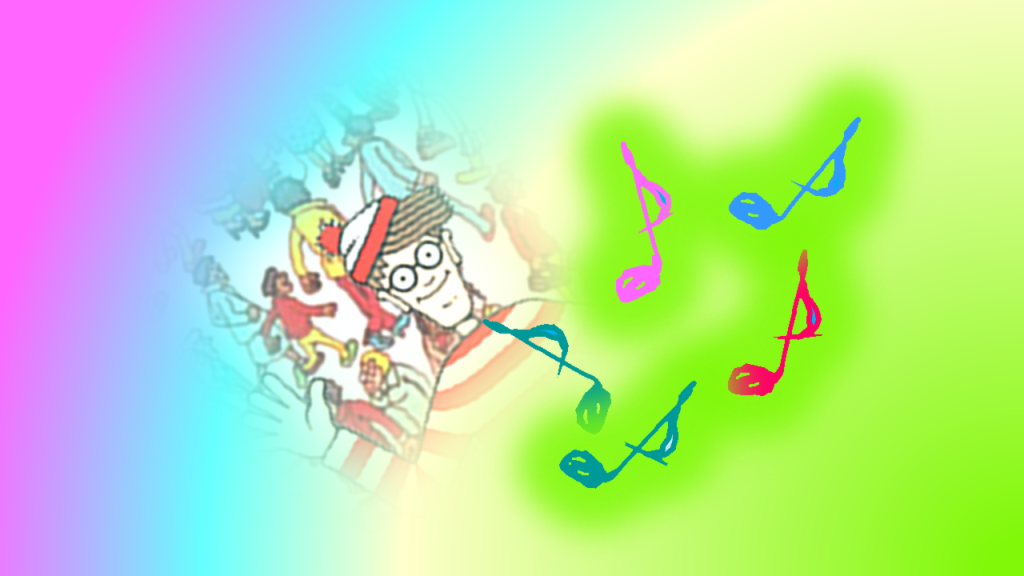 If your set list includes numbers from “The Great American Song Book,” then you’re going to wrestle with the ii-V-I progression in a bunch of keys. Here’s a winsome ii-V-I phrase to help strengthen your chops, develop your ear, and arouse your creative vocabulary as a improviser. Click here to watch the video.
If your set list includes numbers from “The Great American Song Book,” then you’re going to wrestle with the ii-V-I progression in a bunch of keys. Here’s a winsome ii-V-I phrase to help strengthen your chops, develop your ear, and arouse your creative vocabulary as a improviser. Click here to watch the video.
Tag: play jazz
I feel so much more like I do now than I did when I first got here.*
Jazz gigs seldom turn out exactly as we expect them to. Since jazz is, by definition, an improvised art, this should come as no surprise. It’s a maze which often thrills, sometimes shatters, and continually amazes us.
Let’s say, for example, that you arrive at the gig late, stressed, un-showered, and unready to perform. It’s at this point that a fan drops a hundred dollar bill in the tip jar, Herbie Hancock asks to sit in, and your first solo provokes a standing ovation. In your dreams, right?
The nature of jazz will, at times, lead to the unexpected, to exciting innovation, to surprise, to joyful discovery. …Occasionally, it leads nowhere. After all, life’s mazes do include blind alleys. Just the same, we “press on regardless” (as my father often preached on rainy hikes), in search of the perfect note, aye? Continue reading “I feel so much more like I do now than I did when I first got here.*”
Where’s One?
When a novice improviser strays too far from the beat, the band often quips, “Where’s One?”, meaning “Are you lost?”
As improvisers, we seek fresh, innovative approaches which still retain the coherence needed to keep listeners’ interest. Sonny Rollins famously used “motivic development” to simultaneously add unity and variety to his improvisations.
Here is a melodic phrase which is then repeated verbatim. What makes the second statement of this phrase sound different from the first?

Notice the “rhythmic offset”: the initial statement of the theme begins on beat 3 (we’re in 12/8), while the second statement begins on beat 12. Jazz players call this “playing on the other side of the beat.” If your band mates are sufficiently skilled to avoid getting lost, playing on the other side can be used to stunning effect.
Note also that the second statement of our melodic phrase – while melodically identical to the first – is accompanied by chords from a different key. We might refer to this as a “transposed harmonic setting.” The new harmonies give the melody a distinctly different sound, as if stage lighting on an actor had been changed from red to blue.
How Sonny Rollins Practices
How has the quarantine impacted your chops? This no-gigs lock down has been absolutely disastrous for many working musicians financially. But our chops don’t have to take the same hit our wallets are taking, if we’ll explore innovative approaches to practicing.
My practice strategy is similar to what Sonny Rollins described when asked how he practices. Sonny said:
“I start out playing things I know to get the blood flowing. Those things are often described as ‘clichés.’ You begin with the cliché so you can get the process in motion. Once the process is in motion, ‘thinking’ gives way to ‘playing.’ At that point, you get out of the way and let the music play.”
Over the past decade, I’ve written down over a thousand licks I keep in a notebook, each of which I woodshed in all 12 keys. Some of these ideas come from transcribed solos of the masters, but most simply emerge as I’m connecting with the horn. Practicing joy. I encourage you to try this technique, as it supercharges your chops, strengthens your improvisatory muscle, and turns you into a composer.
Here’s a lick you can play with, in order to get started down that path. The tonal center of this phrase baffled my friends and me at first. Eventually, I settled on a basic ii-V-I progression, which perfectly fit the melodic contour. If you want more background, leave a comment at the bottom of this post.
To see a chart, click on “CONTINUE READING” below.
Discovering Your Personal Jazz Improvisational Style
Click on “continue reading” below to see the text of this video.
Continue reading “Discovering Your Personal Jazz Improvisational Style”
You Can Learn to Play by Ear with “New Ears Resolution”
New Ears Resolution has helped hundreds of musicians learn to play by ear over the past 15 years. And now, the Second Edition offers scores of new innovations designed to make your learning experience more enjoyable, effective, and thorough.
Download “New Ears Resolution” for just $9.99. Click here.
OR Purchase the physical book and CD via PayPal for just $19.99 plus shipping. Click here.
 Whether you work with a jazz combo, rock group, or big band, or just play for your own pleasure, “New Ears Resolution” will help you become the musician you have always wanted to be.
Whether you work with a jazz combo, rock group, or big band, or just play for your own pleasure, “New Ears Resolution” will help you become the musician you have always wanted to be.
i’ve taught this method for years and have used it in my own performances. i’ve researched extensively in order to improve its design and have thus developed a comprehensive approach to the art of playing by ear.
HOW IS “NEW EARS” DIFFERENT FROM OTHER METHODS?
Continue reading “You Can Learn to Play by Ear with “New Ears Resolution””


